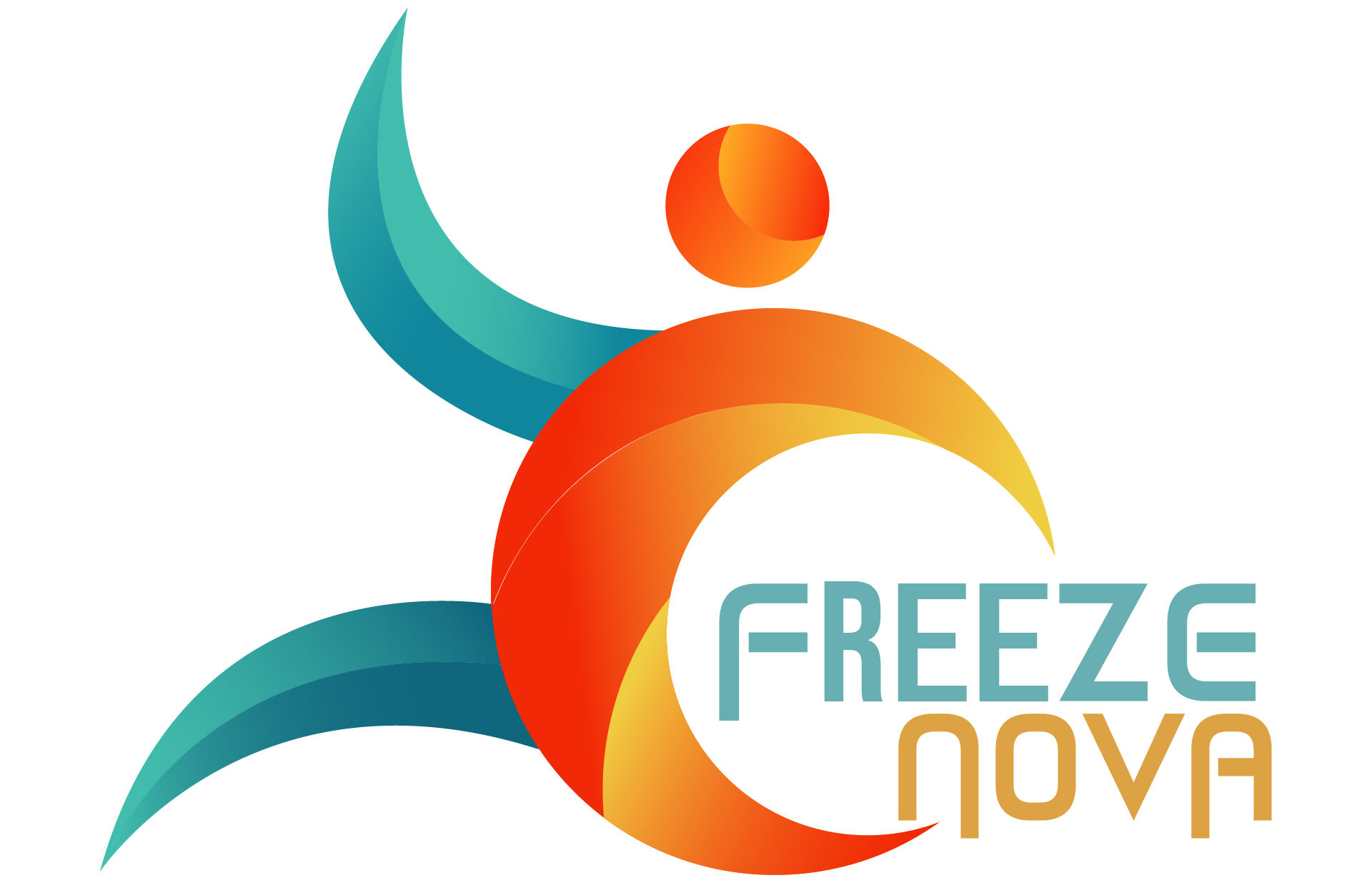Photoacompq is an emerging concept that blends photoacoustic imaging, quantum-enhanced sensing, and AI-driven reconstruction into a single high-performance imaging approach. In simple terms, short light pulses create tiny ultrasonic waves in tissues or materials — the photoacoustic effect.
These signals are then captured using highly sensitive detectors, potentially boosted by quantum sensing methods that reduce noise and improve resolution. Finally, artificial intelligence reconstructs and interprets the data, producing images faster, with greater detail, and potentially with lower power requirements. The combination offers deep tissue imaging with molecular contrast, improved sensitivity, and faster processing — advantages valuable in biomedical research, materials science, and industrial inspection.
While photoacoustic imaging is already a proven technique, the quantum and AI layers promise to push its capabilities further. This article explains what photoacompq is, how it works, current and future applications, potential benefits, and the challenges researchers and practitioners should consider before adoption.
What is Photoacompq?
Photoacompq is not a single commercial device but a descriptive term for systems that integrate three technologies:
Photoacoustic Imaging (PAI): Using short pulses of light to generate ultrasound waves in absorbing materials, enabling optical contrast at depths unreachable by regular optical imaging.
Quantum-Enhanced Sensing or Algorithms: Advanced methods that use principles from quantum physics, such as squeezed light or quantum-inspired data processing, to increase sensitivity and reduce noise.
Artificial Intelligence (AI): Machine learning algorithms for reconstructing images from raw data, removing noise, and identifying patterns or molecular signatures.
The unique value comes from combining these methods to achieve better image quality, greater depth, and more precise molecular analysis than any one method could provide alone.
How Photoacompq Works — Step by Step
Excitation (Light In): Short laser or LED pulses illuminate the target. Molecules absorb the energy, causing microscopic thermal expansion and producing ultrasonic waves.
Detection (Sound Out): Ultrasound sensors — sometimes optical-based — capture these pressure waves. Optical sensors can be miniaturised and offer a wide bandwidth.
Quantum Enhancement: In a photoacoustic setup, quantum technologies may be introduced here. These might involve quantum sensors, squeezed light, or quantum-inspired algorithms designed to improve the signal-to-noise ratio or reveal weaker signals.
AI Processing: Deep learning models reconstruct the final images from the detected signals. They can also identify specific molecular absorbers, reduce artefacts, and enable faster, more accurate results even from fewer measurements.

Table: Key Components and Benefits of Photoacompq
| Component | Role in the System | Current Maturity | Main Benefits | Challenges |
| Photoacoustic Imaging | Uses light to generate ultrasound for deep, high-contrast imaging | Established | Optical contrast at greater depth, safe for tissues | Limited resolution at very deep depths |
| Quantum-Enhanced Sensing | Uses quantum principles to improve sensitivity and reduce noise | Experimental | Higher SNR, potential to detect weaker signals | Hardware cost, portability, and stability issues |
| Artificial Intelligence (AI) | Reconstructs images, reduces noise, and identifies molecular signatures | Mature and in use | Faster scans, lower hardware needs, better image quality | Risk of overfitting, need for large validated datasets |
| Optical Ultrasound Sensors | Capture pressure waves with high bandwidth | Advancing rapidly | Miniaturisation, wide frequency response | Manufacturing complexity |
| Integrated Photoacompq Systems | Combines all the above into one device | Early-stage prototypes | Potential leap in image clarity and speed | Calibration, regulatory approval |
Why Combine These Technologies?
Deeper and Safer Imaging: Photoacoustics offers molecular-level detail deeper than pure optical imaging, and quantum sensitivity may allow lower energy exposure for safer scans.
Higher Sensitivity and Resolution: Quantum enhancements can reduce measurement noise, potentially showing details that would be lost in conventional imaging.
Faster, Cost-Effective Scans: AI allows fewer sensors or reduced acquisition time while still producing high-quality images, lowering system costs.
Multi-Modal Insights: These systems can be integrated with ultrasound, MRI, or optical devices for richer diagnostic information.
Current and Future Applications
Biomedical Imaging: Mapping blood vessels, measuring tumour oxygenation, and tracking disease progression.
Neuroscience: Imaging brain activity in preclinical research, especially cortical blood flow studies.
Materials Science: Detecting defects in metals, composites, or semiconductors without damaging them.
Pharmaceutical Research: Tracking nanoparticle-based drug delivery or studying molecular distribution.
Environmental Monitoring: Sensitive detection of gases or pollutants through photoacoustic spectroscopy enhanced by quantum sensing and AI analysis.
Strength of the Evidence
Proven Core: Photoacoustic imaging is well-studied and already in use for research and some clinical applications.
Quantum Integration: Early experimental results show promise in increasing sensitivity, but most quantum-enhanced devices remain in research labs.
AI Reconstruction: Machine learning for photoacoustic imaging is already proven in speeding up scans and improving image clarity, making it the most mature aspect for immediate adoption.
Overall, the combined approach is scientifically credible, but claims of immediate revolution in clinical imaging should be viewed with cautious optimism.

Challenges and Limitations
Hardware Readiness: Quantum sensors that are portable, affordable, and reliable enough for routine use are still in development.
Complex Calibration: Adding quantum sensing and AI increases the need for precise calibration and standardisation.
Regulatory Hurdles: Clinical use will require extensive safety and performance validation.
AI Reliability: Machine learning can make errors or misinterpretations if not properly trained and validated.
Future Roadmap
Near Term (1–3 Years): Expanded AI-assisted photoacoustic imaging in research and early clinical trials.
Mid Term (3–7 Years): Hybrid devices with some quantum features for specialised applications in labs and industry.
Long Term (7+ Years): Widespread clinical adoption of fully integrated quantum–photoacoustic–AI systems, if technical and regulatory challenges are overcome.
Practical Tips for Researchers and Buyers
Seek peer-reviewed validation of any system’s performance.
Check safety metrics like energy levels and thermal impact.
Request explainability and transparency in AI-based reconstructions.
Consider adopting AI and better optical sensors now while monitoring quantum tech maturity.
Conclusion
Photoacompq is the convergence of three powerful fields — photoacoustics, quantum sensing, and AI — offering a pathway to more sensitive, detailed, and efficient imaging. Today, the strongest contributions come from AI and improved optical sensors, which are already transforming research and select clinical imaging.
Quantum enhancements promise to push capabilities further, especially in sensitivity and noise reduction, but these are still largely in experimental stages for real-world deployment. For now, researchers and decision-makers should focus on proven AI and sensor upgrades, while keeping an eye on the steady progress in quantum technology.
By demanding robust evidence, transparent performance data, and clear safety records, early adopters can position themselves to benefit when fully integrated photoacompq systems become commercially viable. The future looks promising, but the smartest path is cautious, staged adoption that builds on today’s strengths while preparing for tomorrow’s breakthroughs.
Read Also: Why Use Fidzholikohixy: Boost Productivity & Creativity
FAQs
What does photoacompq mean?
It describes systems that combine photoacoustic imaging, quantum sensing techniques, and AI reconstruction to produce high-quality images with better depth and molecular contrast.
How is photoacoustic imaging different from ultrasound or optical imaging?
Photoacoustic imaging utilises light to generate sound, thereby combining the molecular specificity of optical imaging with the enhanced penetration depth of ultrasound.
Are quantum sensors essential for photoacoustic?
No — AI and improved detectors already enhance photoacoustic imaging. Quantum sensors offer extra benefits but are still mainly in experimental stages.
What can photoacompq do today?
It is currently valuable for biomedical research, materials testing, and environmental monitoring. Full clinical deployment with quantum enhancements is still in development.
How does AI help in photoacompq?
AI reconstructs images from limited or noisy data, accelerates scanning, identifies molecular signatures, and enhances image quality with fewer resources.










